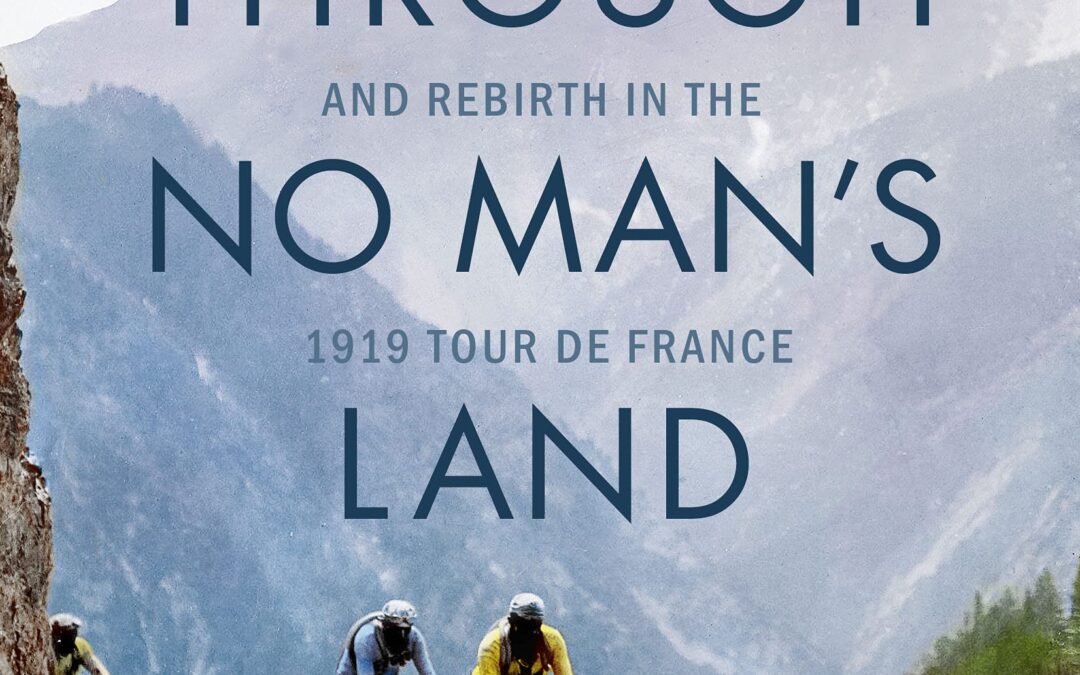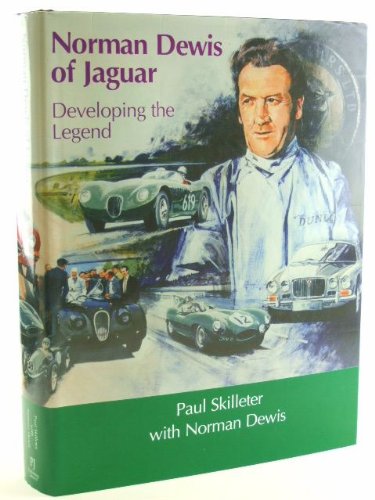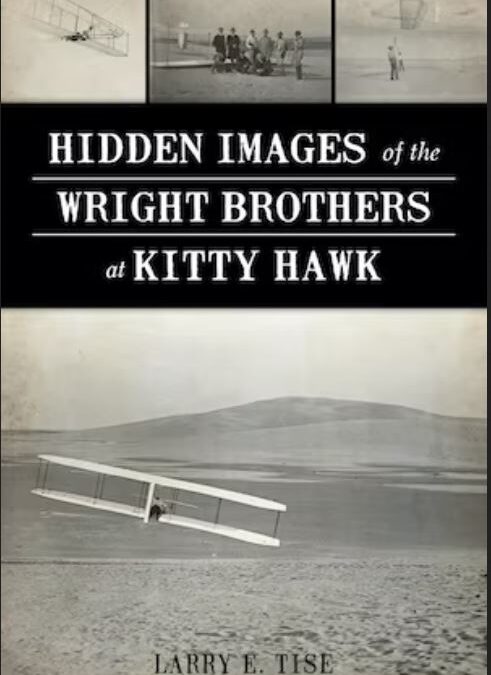
The inspiring, heart-pumping true story of soldiers turned cyclists and the historic 1919 Tour de France that helped to restore a war-torn country and its people.
On June 29, 1919, one day after the Treaty of Versailles brought about the end of World War I, nearly seventy cyclists embarked on the thirteenth Tour de France. From Paris, the war-weary men rode down the western coast on a race that would trace the country’s border, through seaside towns and mountains to the ghostly western front. Traversing a cratered postwar landscape, the cyclists faced near-impossible odds and the psychological scars of war. Most of the athletes had arrived straight from the front, where so many fellow countrymen had suffered or died. The cyclists’ perseverance and tolerance for pain would be tested in a grueling, monthlong competition.
An inspiring true story of human endurance, Sprinting Through No Man’s Land explores how the cyclists united a country that had been torn apart by unprecedented desolation and tragedy. It shows how devastated countrymen and women can come together to celebrate the adventure of a lifetime and discover renewed fortitude, purpose, and national identity in the streets of their towns.

SIGNED BY NORMAN DEWIS
This is a story both of personal achievement and of a heroic period in Jaguar’s history. In a career spanning 33 years at Jaguar, Norman Dewis tested and developed a remarkable series of cars including:■ C-type ■ D-type ■ XK 140/150 ■ 2.4/3.4 and Mk 2 saloons ■ Mk VII/Mk VIIM ■ E-type ■ XJ13 ■ XJ/XJ-S ■ XJ40
Plus, he rode with Stirling Moss in a C-type in the 1952 Mille Miglia, drove a 190mph works D-type in the highly dramatic 1955 Le Mans, raced in the Goodwood 9 Hours, and set an amazing 173mph production car record at Jabbeke in Belgium with an XK 120. Completing over a million test miles at 100mph-plus average, Norman also played a crucial role developing the revolutionary Dunlop disc brake, and survived high-speed crashes and rollovers in the days before seat-belts – and without ever breaking a single bone.
This book is automatically also a development history of Jaguar, with a wealth of new technical details of how key models were evolved.Filled with personal insights and fascinating technical detail, this book tells the unique story of a great Jaguar character and the equally great cars he worked with.
Norman did not, of course, work in isolation and his recollections bring to life the unique team which made Jaguar great – company founder Sir William Lyons, engineering director Bill Heynes, development engineer Bob Knight, aerodynamicist Malcolm Sayer, and service department and race team manager Lofty England. These and many more become real people as Norman tells of his every-day involvement with them.
Norman’s proudest moment in the last decade was receiving the MBE in 2015, a fitting recognition of his achievements for Jaguar and the British motor industry – for both of which he remains a great ambassador
If anyone was at the heart of Jaguar during perhaps its most remarkable decades of achievement, it was Norman Dewis. Read this book and you will absorb the authentic flavour of Jaguar in Coventry and fully appreciate the achievements of a remarkable man.

Colin Chapman’s previous attempts at producing a Formula 1 car had been a complete disappointment. Despite being technically advanced, extreme lightness led to numerous structural failures.
In 1960, Chapman decided to start with a clean sheet of paper, assessing the basic requirements for a contemporary Formula 1 car, and identifying how to achieve them in the most straightforward, uncomplicated way. The result was one of Chapman’s greatest creations – the Lotus 18 – a trendsetting, rear-engined car that was to set new performance standards from the outset.
Driven by some of the top drivers of the era – including Innes Ireland, Jim Clark, and John Surtees – it was Stirling Moss who made the car’s name, winning four Grands Prix, including his sensational victories over Ferrari, against all odds, at Monaco and the Nürburgring in 1961.
This book descibes the history of the Lotus 18 throughout its 7-year competition career, via season by season summaries, and provides detailed appendices charting the individual histories of all 28 chassis that were built. Full race results are also presented, along with driver achievements.

When the world learned that Wilbur and Orville Wright had performed man’s first powered, controlled flights at Kitty Hawk on December 17, 1903, that sleepy village became an international landmark. In addition to recording their first flight in one of the twentieth century’s most famous photographs, the Wrights took hundreds of other images of the windswept clime and the people they met on North Carolina’s coast. Historian Larry Tise uses their photographs to reveal people, places and events nowhere else recorded. Join Tise for a guided tour of the Wright brothers’ Outer Banks encampment between 1900 and 1911.






